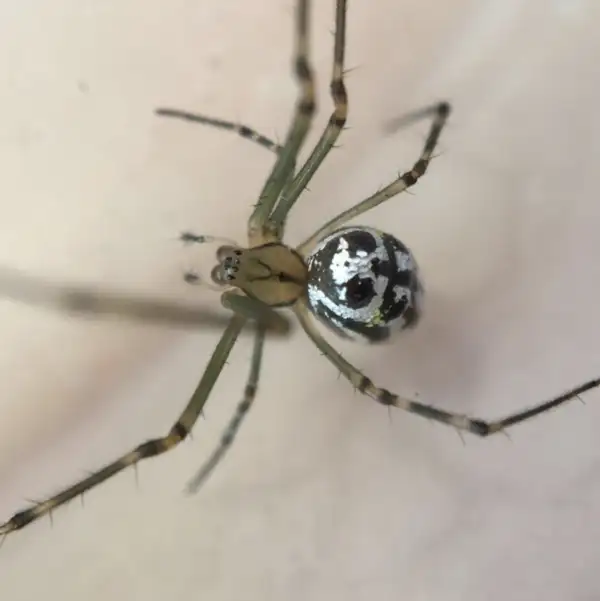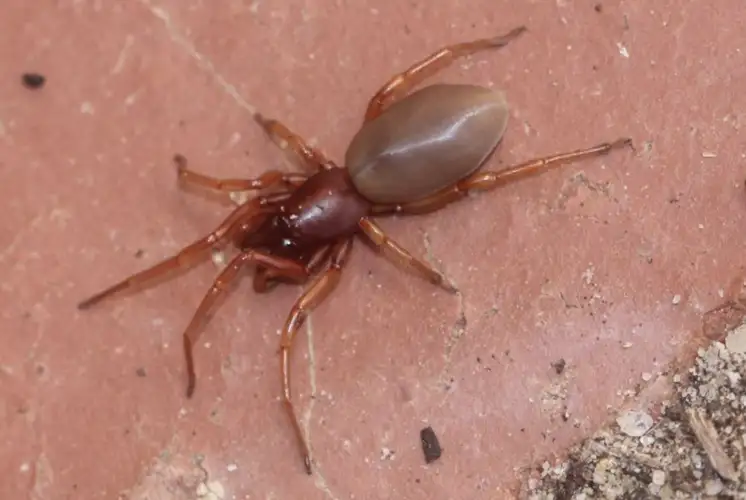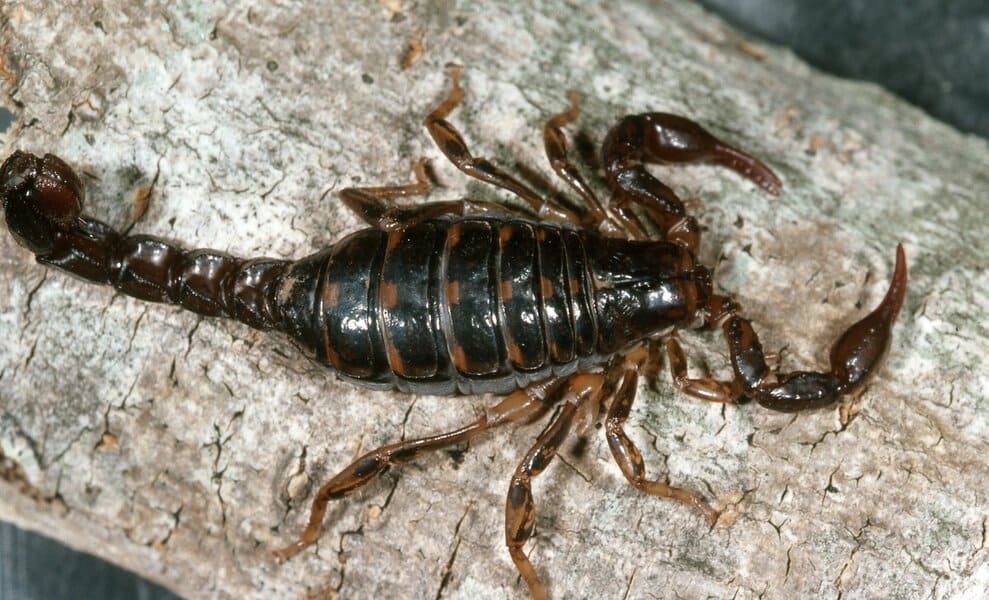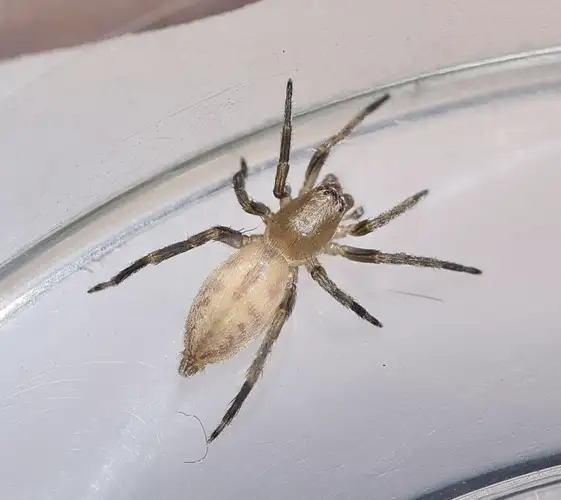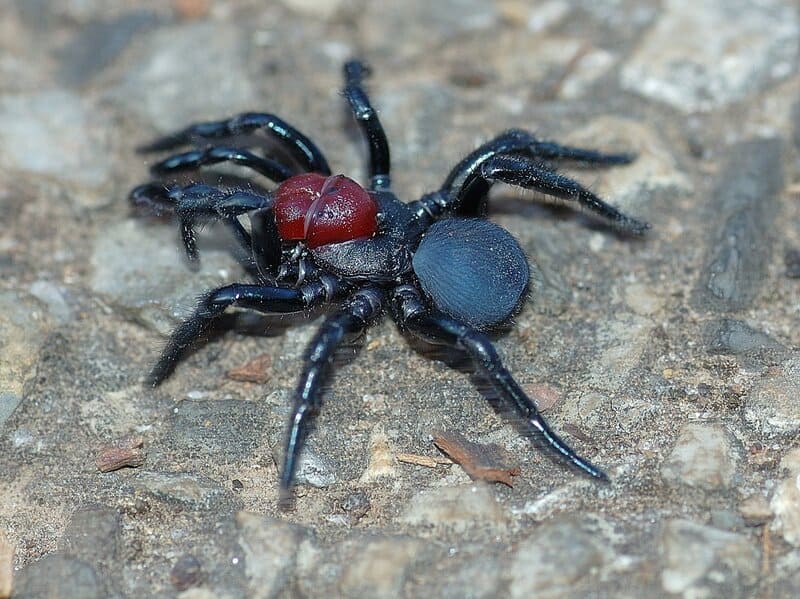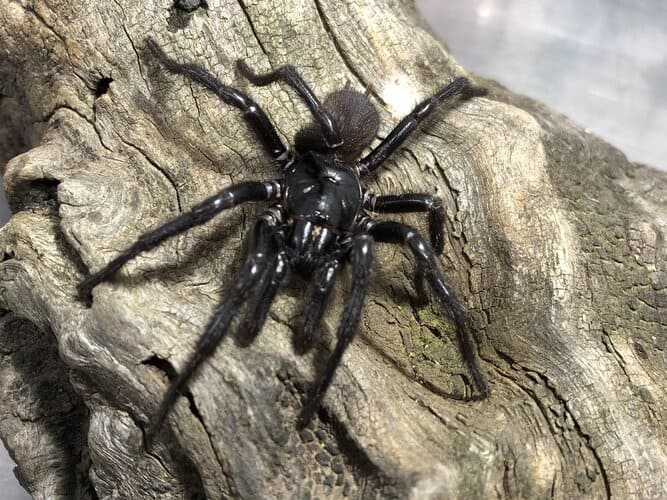Silver Orb-weaving Spiders
IUCN
LCBasic Information
Scientific classification
- name:Silver Orb-weaving Spiders
- Scientific Name:Mainly family Araneidae (silver-patterned orb-weaving spiders such as some Argiope and Leucauge species)
- Outline:Arthropoda
- Family:Araneidae Silver orb-weavers
Vital signs
- length:Typically 5–20 mm body length with leg spans of several centimetres; females notably larger than males
- Weight:Light-bodied; usually tens to a few hundred milligrams depending on species and individual
- lifetime:Around one year for most species, with some surviving more than one breeding season in mild climates
Feature
Orb-weaver spiders with distinctive silvery or metallic markings that build wheel-shaped webs to catch flying insects.
Distribution and Habitat
Gardens, forest edges, wetlands and areas around buildings across temperate and tropical regions where flying insects are abundant.
Appearance
Robust females with rounded abdomens bearing silvery patches or stripes, often combined with yellow, orange or black patterns; long legs often ringed or banded.
Details
Silver orb-weaving spiders are not a single species but a loose group oforb-weaver spiders with conspicuous silvery or metallic markings on the body, especially on the abdomen. Most belong to the family Araneidae and include various garden orb-weavers and long-jawed orb-weavers with silvery patterns.
Basic Biology
Representative taxonomic scope: Mainly family Araneidae – orb-weaving spiders with silvery abdominal patches (for example some species of Argiope and Leucauge)
Common English name: Silver Orb-weaving Spiders / Silver Orb-weavers
Body size: Typically about 5–20 mm in body length, with females much larger than males and leg spans of several centimetres.
Life span: Most species live for about one year, although some may survive through more than one breeding season in mild climates.
Appearance
“Silver orb-weavers” is an informal descriptive term rather than a strict scientific group, but these spiders share certain visual traits:
Silvery or pale metallic patches, stripes or shields on the dorsal or ventral surface of the abdomen;
In some species, the silver markings are combined with yellow, orange or black bands to form striking patterns;
Relatively long legs, often with ringed segments, adapted for moving quickly across the web.
As with many orb-weavers, females are robust with rounded abdomens and males are smaller and more slender, often staying at the edge of the female’s web.
Orb Webs & Hunting Strategy
Silver orb-weaving spiders are classic orb web builders. They constructregular, wheel-shaped webs between branches, shrubs, tall grasses or man‑made structures:
The web consists of radial support threads and a spiral of sticky capture silk forming a finely spaced “net”;
Some species add a visible stabilimentum, or zigzag band of silk, to the web, which may help with camouflage or insect attraction;
The spider usually rests in the centre of the web or in a retreat connected by a signal line, waiting for prey vibrations.
When a flying insect collides with the web, the spider quickly rushes to the impact point, bites and wraps the prey, and then moves it to a safer place on the web to feed.
Distribution & Habitat
Silvery orb-weaving species occur in temperate and tropical regions worldwide. They are especially common in habitats such as:
Gardens, hedges, lawns and fences;
Forest edges, clearings and woodland paths;
Vegetation along rivers, lakes and wetlands;
Around buildings, streetlights and verandas where flying insects are abundant.
Many silver orb-weavers take advantage of artificial lights that attract insects, building their webs near lamps and house walls.
Diet & Ecological Role
Like other orb-weavers, silver orb-weaving spiders are important predators of flying insects, including:
Mosquitoes, midges and small flies;
Moths, small beetles and leafhoppers;
Occasionally other spiders or larger insects that become entangled in the web.
By capturing large numbers of insect prey, they act as valuable natural enemies in gardens, farmland and natural ecosystems, helping to keep insect populations in balance.
Venom & Human Significance
Most orb-weaver spiders, including silver-coloured species, have venom that is effective on insects but mild to humans. They rarely bite people, and when they do, the effects are usually limited to local pain, redness and mild swelling.
Serious systemic reactions are extremely uncommon in healthy individuals, so silver orb-weavers are generally regarded asharmless and beneficial spiders around homes and gardens.
Human Interactions
Because of their attractive patterns and perfectly formed webs, silver orb-weaving spiders are popular subjects in nature photography and environmental education. In most cases, the best way to “manage” them is simply to appreciate their presence.
If a web blocks a regularly used path, it is usually sufficient to gently remove or relocate the web and spider to a nearby bush rather than using insecticides.
References
Simon-Brunet, B. 1994. The Silken Web: a natural history of Australian spiders.Reed Books.
York Main, B. 1976. Spiders. The Australian Naturalist Library, Collins.
Connell, N.T. 2001. Brood Cell Provisioning By Wasps Of The Family Sphecidae. Entomology 325, Cornell University.
Blackledge, T.A. and Pickett, K.M. 2000. Predatory Interactions Between Mud-Dauber Wasps (Hymenoptera, Sphecidae) and Argiope (Araneae, Araneidae) in Captivity. The Journal of Arachnologyhttp://www.americanarachnology.org/JoA_tocs/JOA_v28n2.html#211
FAQ
Q1. Are silver orb-weaving spiders dangerous to humans?
No. Their venom is designed to subdue small insects and is generally mild for humans.
Most bites, which are rare, cause only short-lived local discomfort.
Q2. Why do some orb-weavers look silver?
The silvery appearance is caused by reflective scales or structural features in the cuticle, together with light-coloured pigments.
These markings may help break up the spider’s outline or confuse predators and prey.
Q3. Are silver orb-weavers good to have in the garden?
Yes. They capture many flying insects, including mosquitoes and plant pests, and are considered beneficial predators in gardens
and agricultural landscapes.
Q4. What should I do if a web is in an inconvenient location?
You can gently remove or move the web and spider to another spot in the garden using a stick or by cutting the supporting threads,
without harming the spider or the environment.

